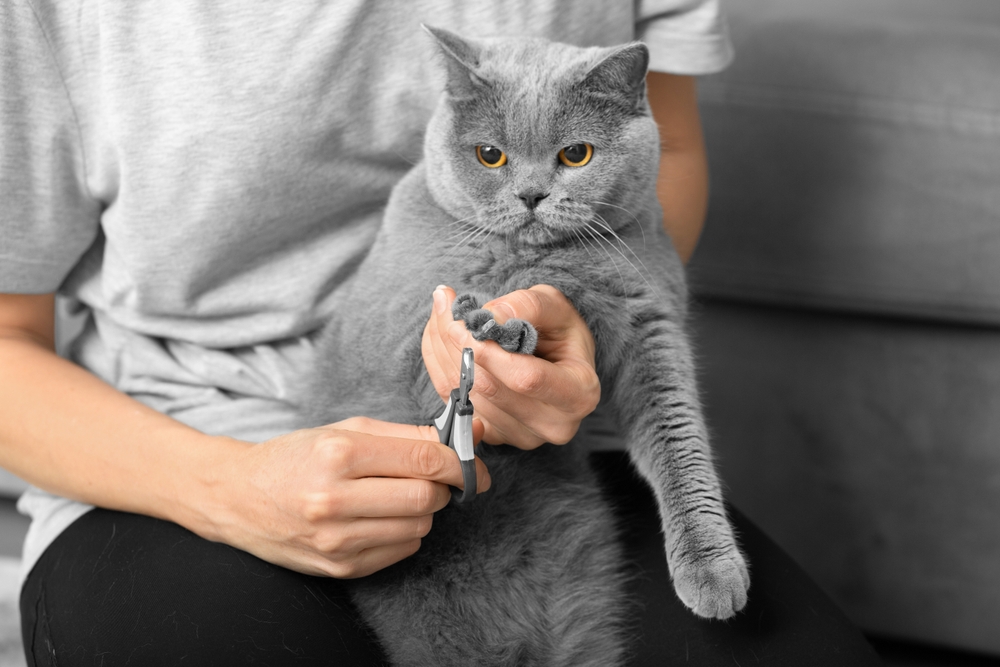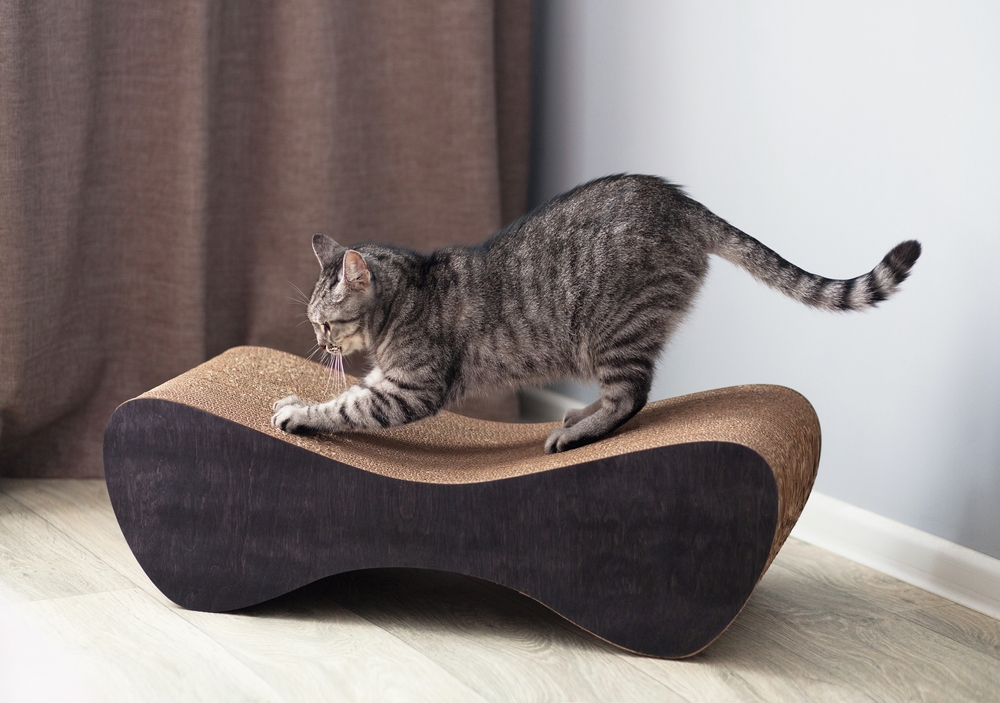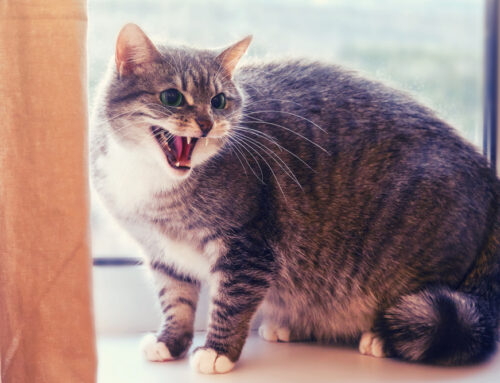If you’ve ever been on the receiving end of your cat’s razor-like claws or your favorite chair has become frayed because it’s your cat’s favorite scratching spot, you may wonder why your feline friend insists on continuing this destructive habit. Our Cane Bay Veterinary Clinic team knows this common cat behavior can take you to your wit’s end, so we’re responding to your frequently asked questions (FAQs) to help you better understand the reasons behind your feline friend’s need to scratch and how to encourage appropriate scratching to save your furniture, your skin, and your sanity
Question: Why does my cat scratch?
Answer: Cats need to scratch for many reasons. Primarily, this instinctual behavior is linked to their wild ancestors. In addition, cats scratch for the following reasons:
- Nail health — Scratching helps cats shed their claws’ outer layers, keeping them sharp and healthy.
- Physical exercise — Scratching allows your cat to stretch their muscles and joints, contributing to their overall physical health.
- Communication — Cats mark their territory through their paws’ glands. When they scratch, a cat leaves their scent, communicating to others that they have claimed the area.
- Stress relief — Scratching can provide your cat with stress relief and mental enrichment, and the behavior is just plain fun.
Q: What’s so bad about declawing my cat?
A: Declawing (i.e., onychectomy) involves surgically removing a portion of each toe to eliminate a cat’s claws permanently. Veterinarians do not recommend this procedure, which is illegal in many countries because it has a detrimental physical and psychological impact on a cat. More than a simple nail-trimming procedure, declawing is a serious surgery that can lead to physical complications such as pain, infection, nerve damage, and lameness. In addition, because they are in pain or feel exceptionally vulnerable after losing their primary defense means, a declawed cat may exhibit behavioral changes, such as increased aggression or inappropriate elimination (i.e., not using the litter box).
How can I encourage my cat to scratch appropriately?
A: When done on appropriate surfaces, such as scratching posts, a cat’s scratching is completely healthy and beneficial. However, problems arise when your cat scratches your furniture, carpets, or other household items. The destruction will likely frustrate you and prove costly. If this occurs, you must encourage your cat to scratch appropriately. Redirecting your cat to scratch a suitable item is key to preserving your furniture and ensuring your feline friend’s happiness. To teach your cat to scratch appropriately, follow these tips:
- Offer multiple scratching posts — Scratching posts are an appropriate item on which your cat can exercise their instinctual behavior. Cats often scratch after awakening or when they’re excited, so place scratching posts near their favorite sleeping spots and your home’s high-traffic areas. Many scratching post types are available, including vertical posts, flat pads, and wall attachments. Offer your cat vertical and horizontal scratching posts, because your feline friend uses various postures to stretch different muscles. Ensure each scratching post is long or tall enough for your cat to stretch fully for maximum enjoyment.
- Encourage appropriate scratching behavior — Most cats prefer scratching posts made of rough material they can shred. Sisal is ideal for this purpose, and many cats enjoy sharpening their claws on this surface. Your cat may also enjoy scratching carpet and cardboard, so offer them various materials to determine their preference. If your cat needs more encouragement, try an attractant. When applied to a scratching surface these products can attract your cat to scratch. Many cats are attracted to catnip, and you can sprinkle some on the scratching post to entice your cat to use it.
- Use positive reinforcement — When your cat uses their scratching post, rather than the couch’s arm, reward them with a treat or some affection. They’ll associate scratching the post with a positive outcome, and your feline friend will perform more of this appropriate behavior.
Q: Do I need to trim my cat’s nails?

A: While cats naturally keep their nails in check through scratching, they need routine trimming. Overgrown nails can be uncomfortable for your cat, as they can curl under and grow into the paw pad. Nail trims also prevent your cat from getting hung up on the carpet or upholstery. This grooming task will likely require practice, and perhaps a veterinary demonstration. However, if you can master this skill and keep your cat’s claws trimmed, your feline friend is less likely to damage your belongings and your skin.
Inappropriate scratching can be frustrating, but with patience and consistency, you can redirect your cat’s instinctual scratching behavior to a more appropriate outlet. If you are concerned about your cat’s excessive scratching, contact our Cane Bay Veterinary Clinic team to rule out a medical issue and address your feline friend’s specific needs.







Leave A Comment